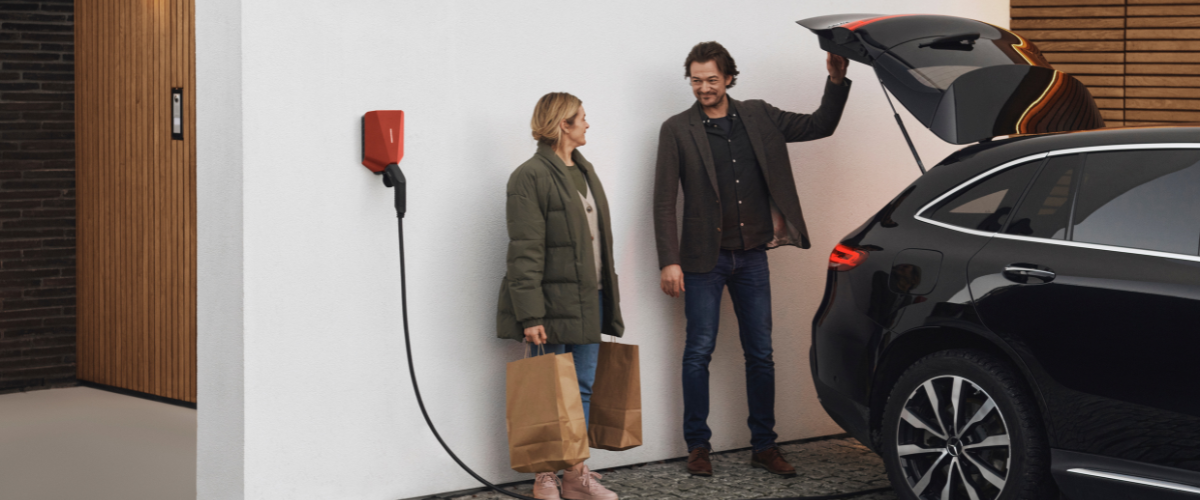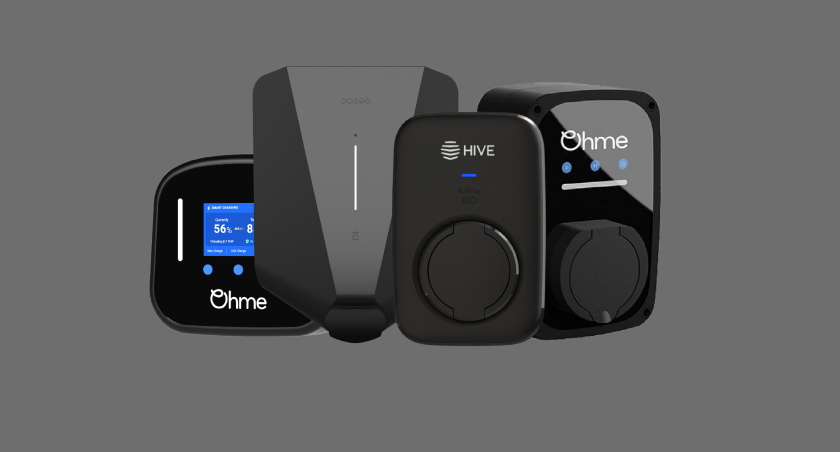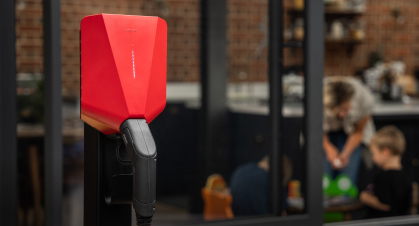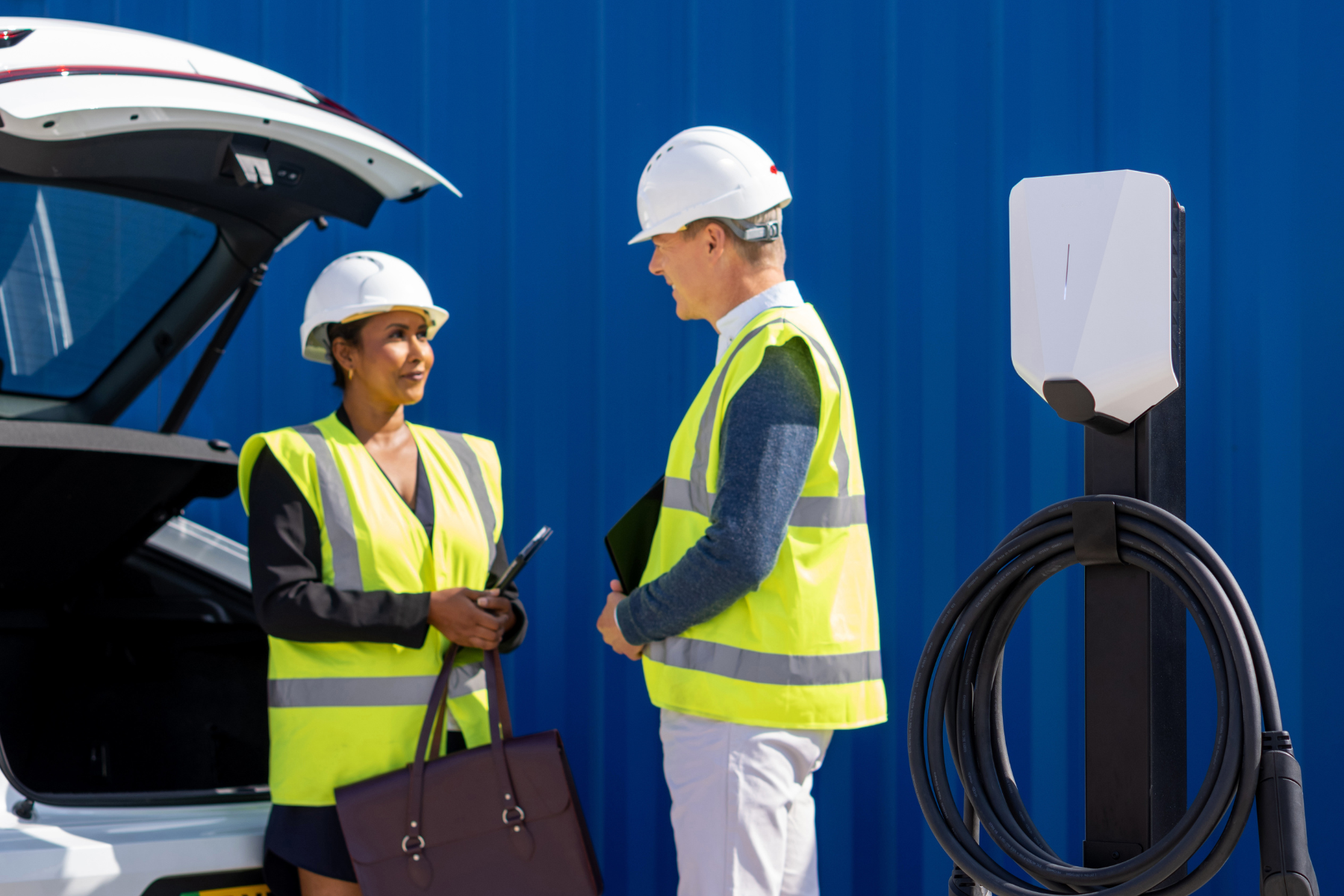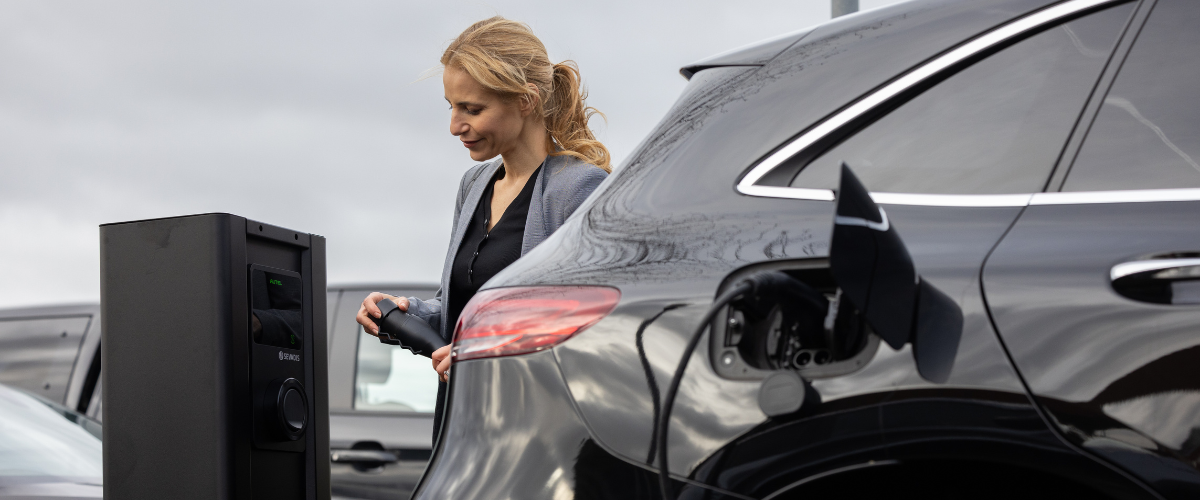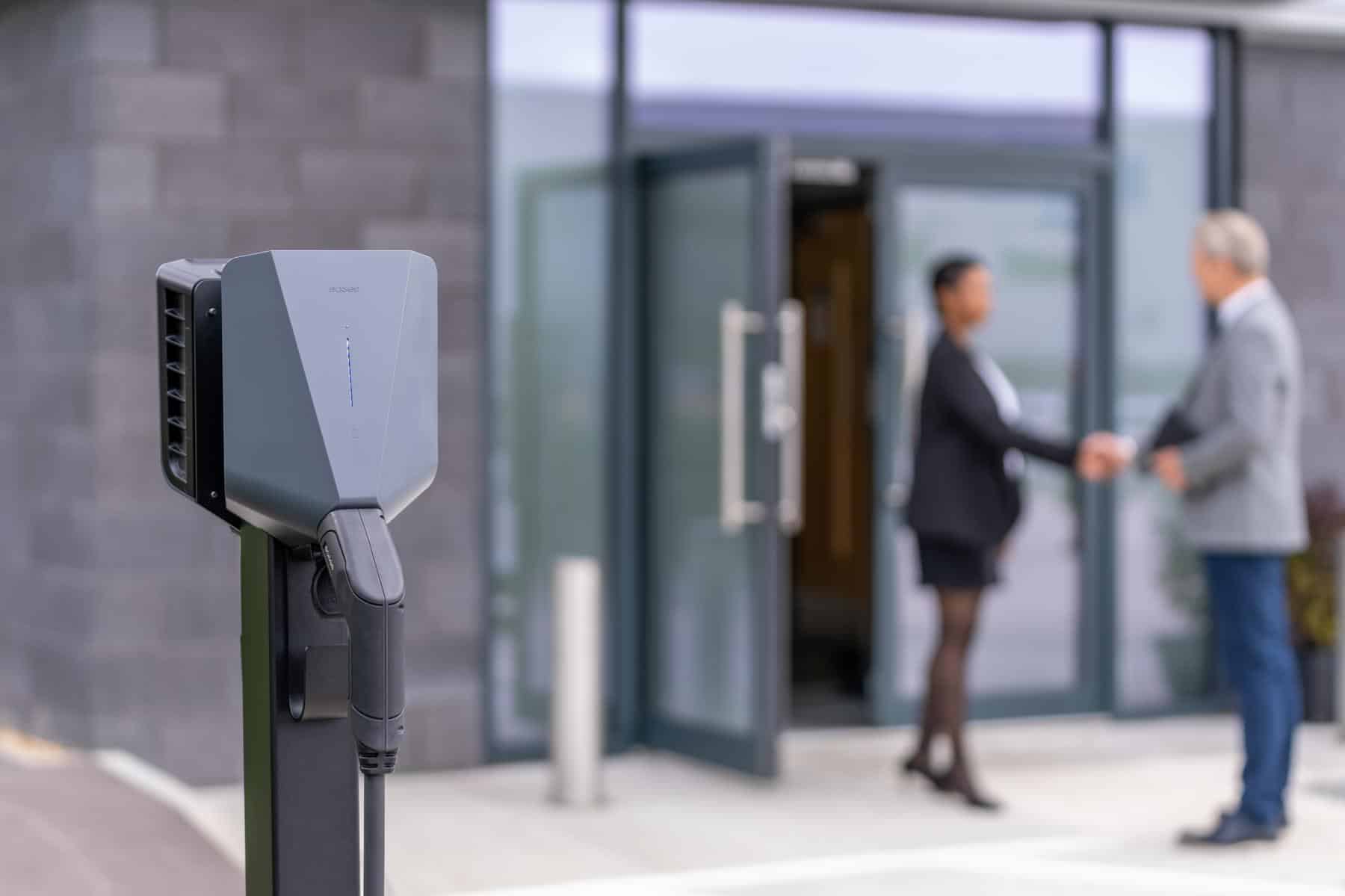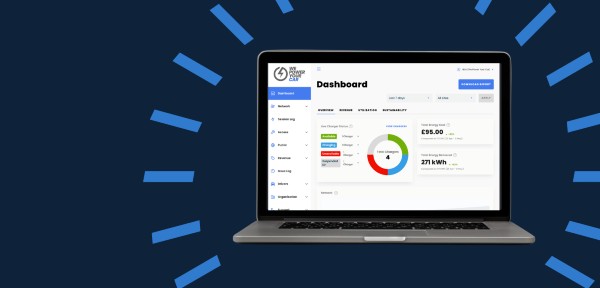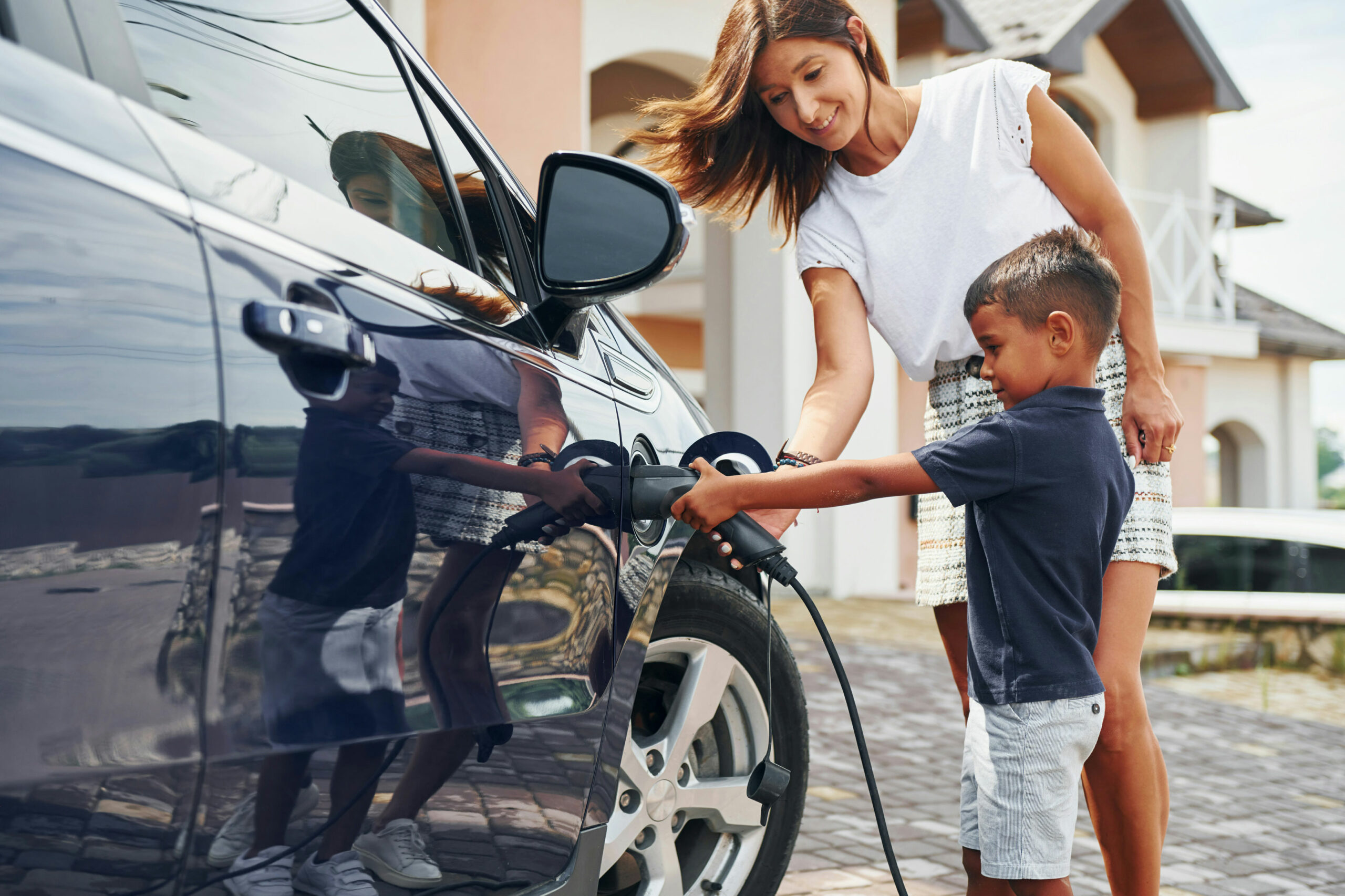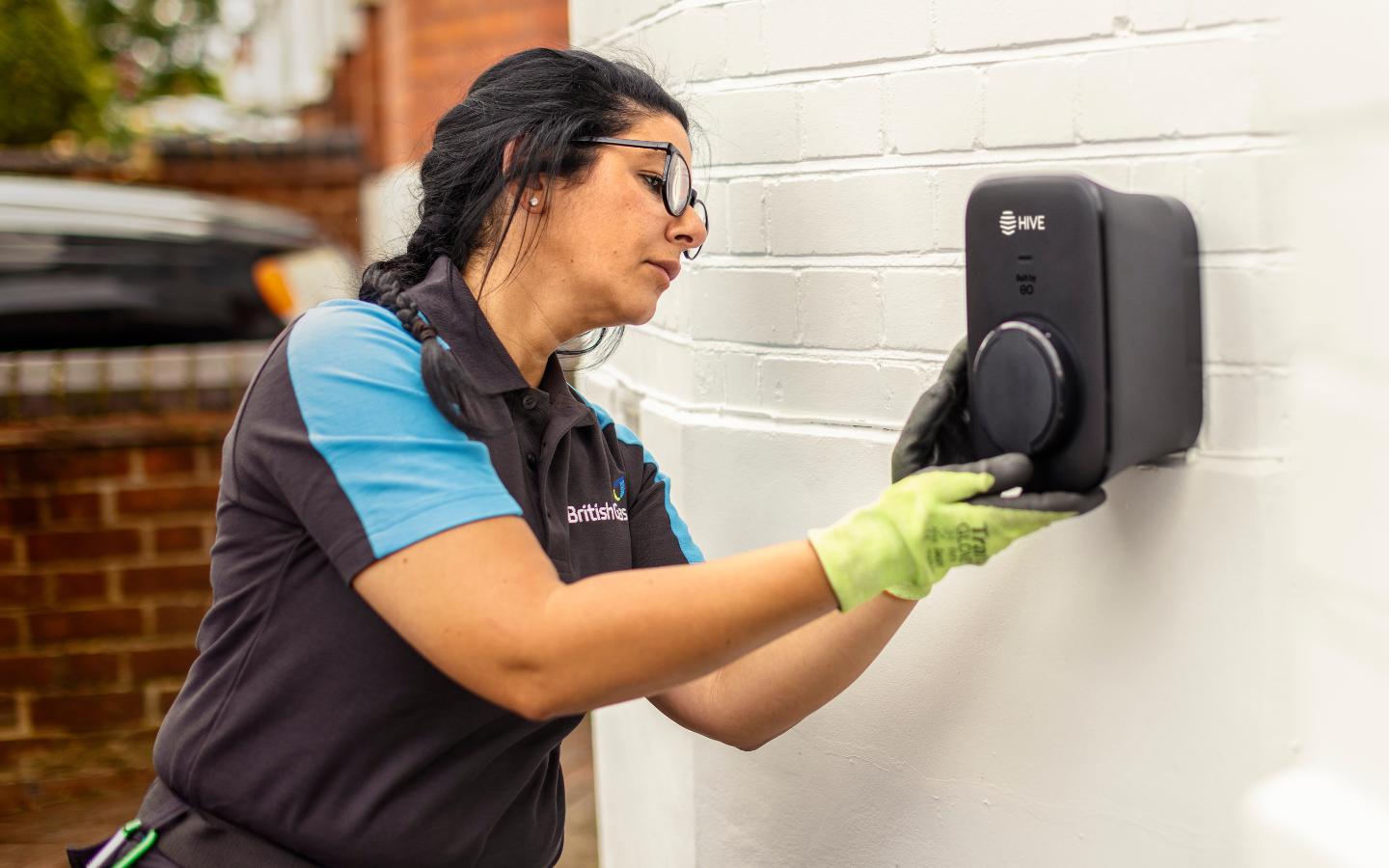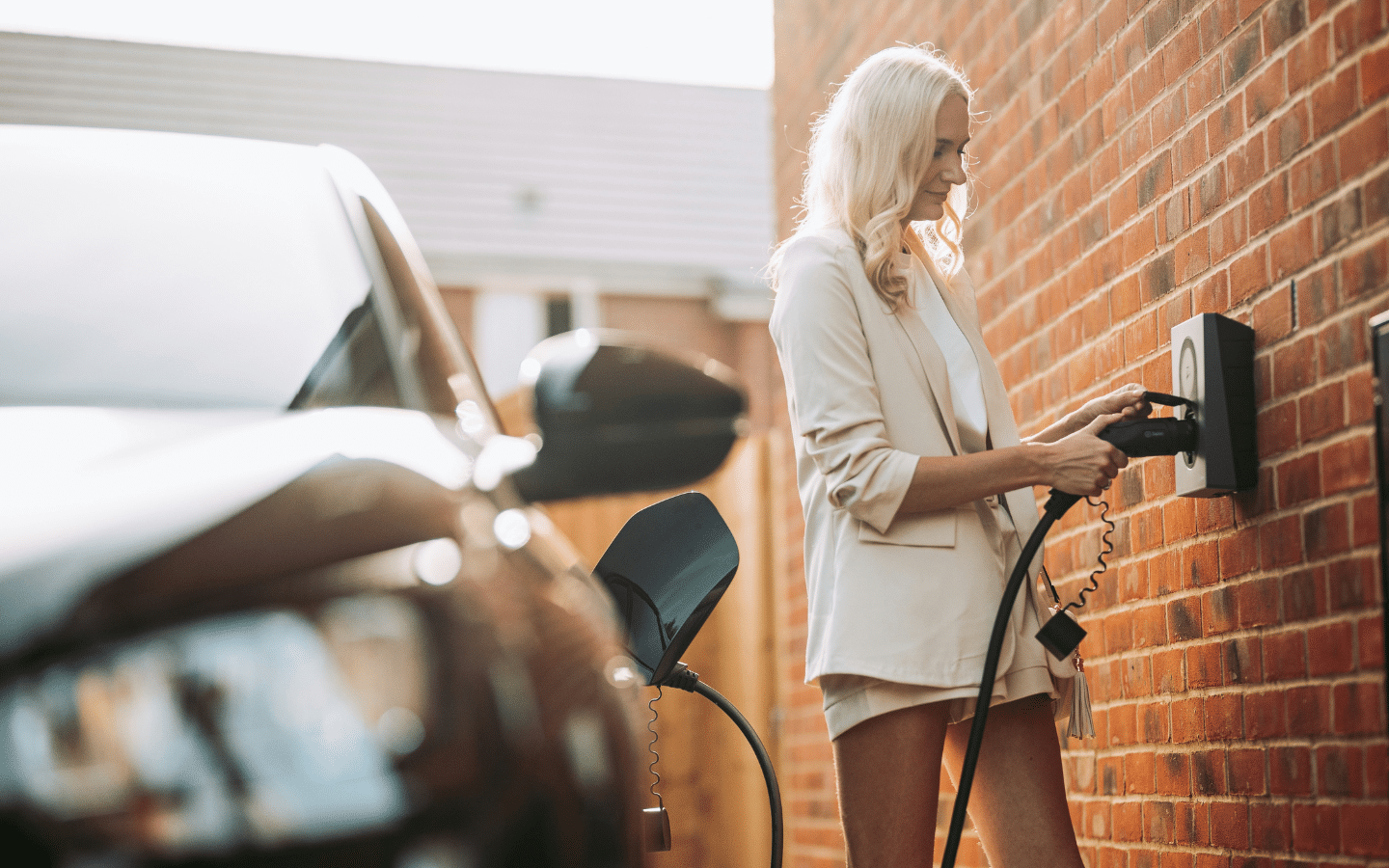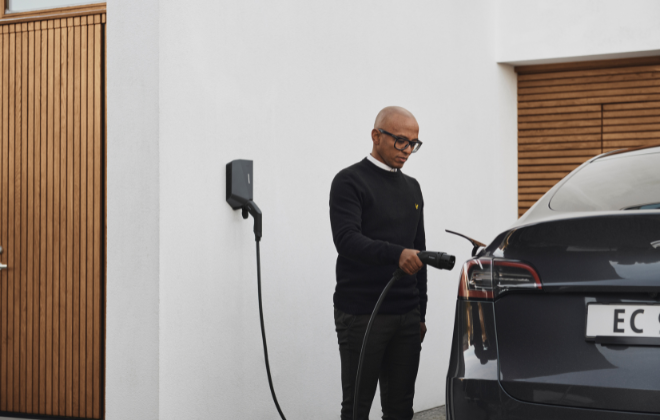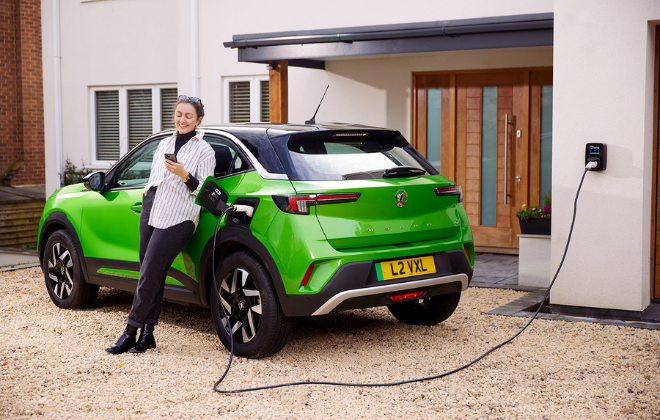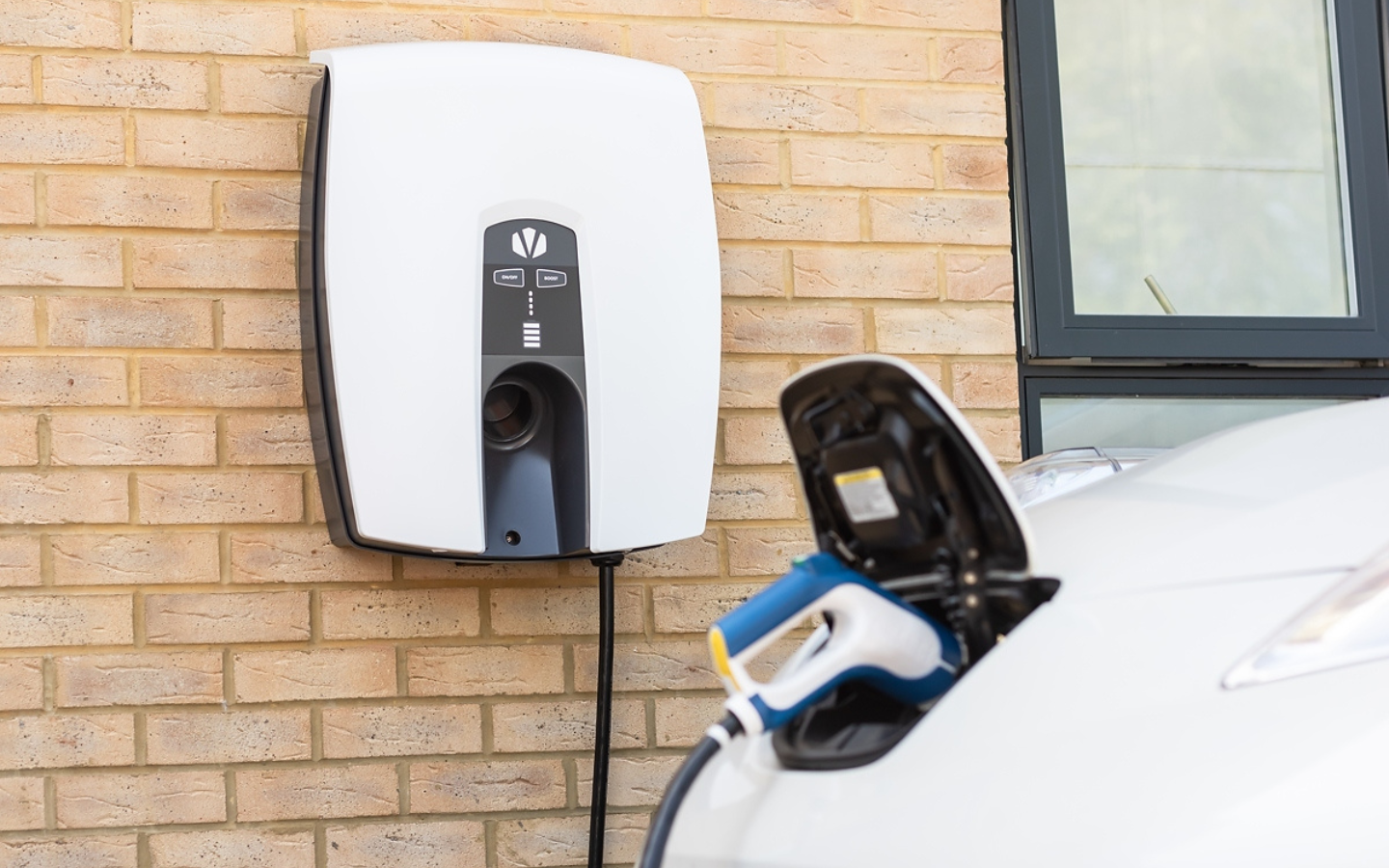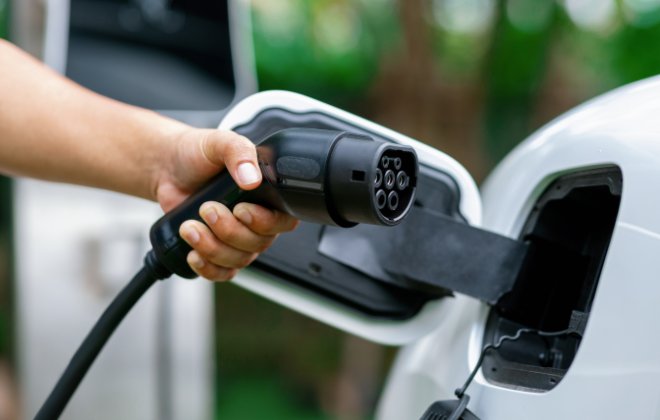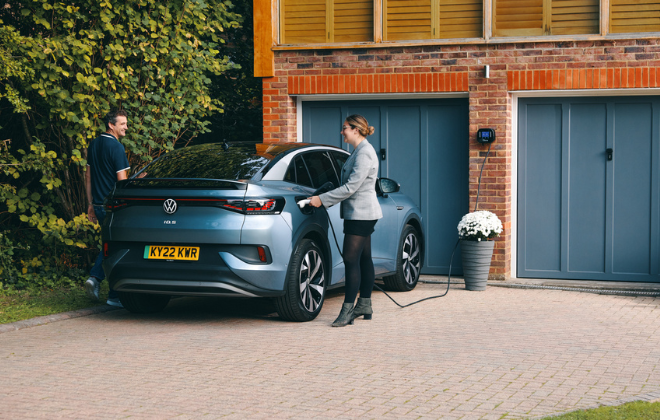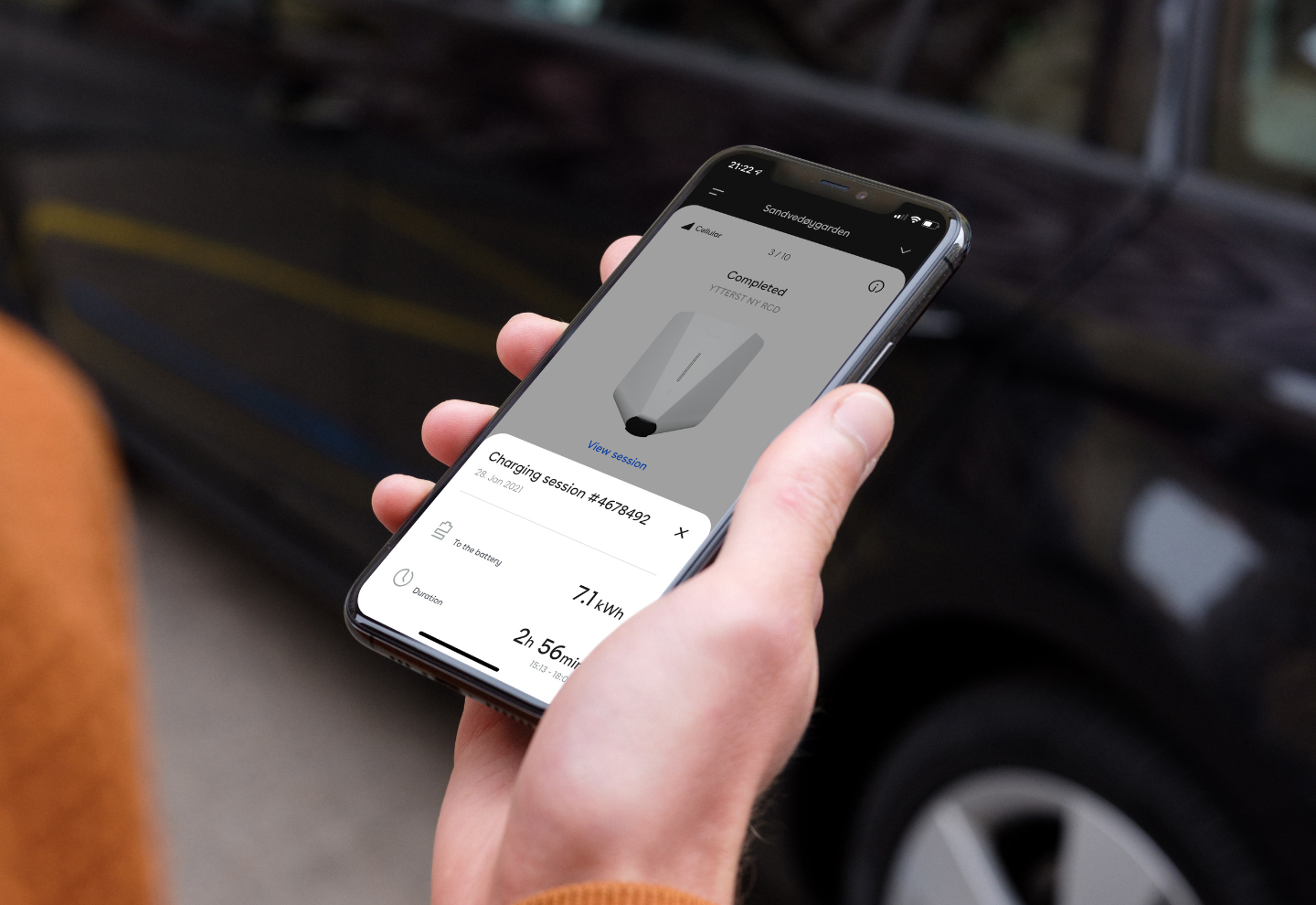

Smart EV Charger Features Explained
Confused about the difference in home EV chargers and what each feature means?
What’s an RFID card? What’s load balancing? What’s an earth rod? EV vocabulary sometimes feels like another language.
But don’t fret. You’ve come to the right place. In this blog, we will be explaining what is meant by the term smart EV charger and going over some of the key smart charger features out there.
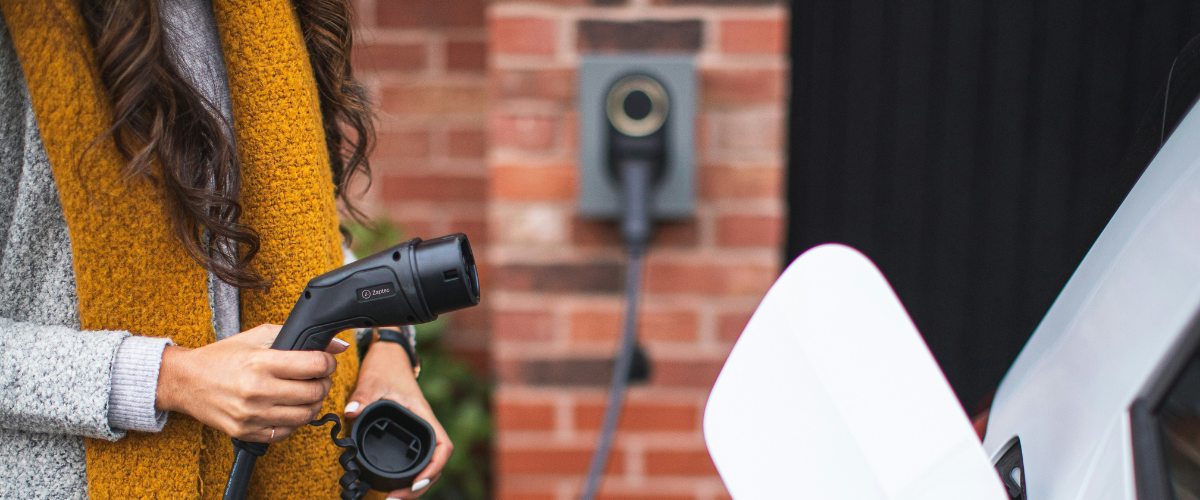
What is a smart EV charger?
According to the government, a smart EV charger is categorized as an electric vehicle charger that has “connectivity”. The EV charger must be able to send and receive messages and be able to manually adjust the rate of charging to fit the electricity flow.
If you are wanting to claim the £350 discount from the OZEV grant, the EV charger you choose must be classed as “Smart”. This is because, with the increase in electric vehicles and their charge points, the government are wanting to protect the grid from draining too much power. By encouraging smart EV car chargers, users will also benefit from the variety of special features. When you use a home smart EV charger, you have the ability to schedule charging, which allows the user to schedule exactly when their EV will charge, for example, overnight when the grid is not in demand. Charge scheduling, therefore, benefits the grid and the home user.
What is a dumb EV charger?
A dumb electric vehicle charger is a basic EV charger that simply charges. When you plug the charger into the EV socket, it will start to charge. Once you have finished, you just unplug it. Simple. However, dumb EV chargers do not qualify for the OZEV grant, as the government are encouraging the use of smart chargers to support the grid. A dumb charger cannot be managed manually and does not have any features. Therefore, charge scheduling is not possible.

App
All smart EV chargers should come with their own branded app, available on the Apple App Store and on the Google Store. This is where you will be able to manage the majority of your smart charging point’s features.
Different manufacturers have different apps, but they are usually named after their brand name, e.g., the Easee app is under “Easee.” Most Apps will show real-time energy cost information, extensive charging analytics (such as how much it costs you to charge your EV and what charge percentage the EV is on), and much more.
Charge Scheduling
All smart EV chargers should allow you to schedule your charging according to the new smart charging regulations.
You simply set when exactly you want your EV to charge, i.e. between 1:00 am – 5:00 am, and your EV will automatically start charging (as long as you’re plugged in).
While offering more convenience, there are also a number of other benefits the charge scheduling feature brings. Charge your home EV charger for cheaper by scheduling your charge during off-peak hours, and you’ll get access to a discounted electricity rate due to the decreased demand. Carbon intensity is also at its lowest during these hours, so you’ll also charge greener.
Either way, you can decide exactly how and when you charge without much faff. A lot easier than going to the petrol station – right?
Cable lock
Across the EV charger industry, there are two versions of the cable lock feature.
The first is that your cable lock feature allows you to lock your socketed cable into place, giving it the look and feel of a tethered unit. You won’t be able to remove the charging cable from your unit during this time. It’s important to note this feature will only be on socketed, or sometimes called ‘untethered’ EV chargers, and not on tethered units. Why? Because a tethered unit already has the cable permanently attached to the charger.
The Easee One and the VCHRGD Seven Pro both offer this version of the cable lock feature.
The second version of cable lock allows you to lock your device so no authorised users can plug in and charge. This is an effective feature for those who fear EV charger theft, as it adds an additional security element while you are away from your charger.
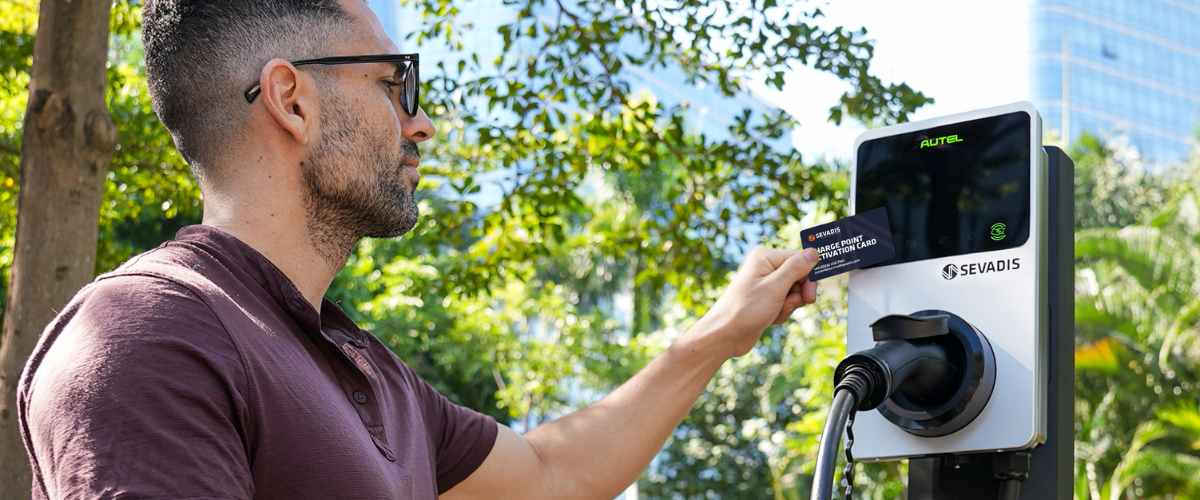
RFID card functionality
RFID means Radio-Frequency Identification, and simply put, smart EV chargers with this feature come with a special RFID card or tag that you can use to start and stop your charging sessions. The charger will have a built-in card reader, so you scan your RFID card over the identification area on your charger to start charging. You can then end the charging session by scanning the RFID over the identification area again. However, some chargers will just automatically stop charging once it is fully charged. No internet connection is normally required for this feature. Having an RFID card means that you don’t have to fiddle around with an App, but you are still protected from others using your charger without permission, as they will need either the RFID card or the App to start the charging.
Status light indicators
If your smart charger comes with a status light indicator, a light will be positioned typically on the front of the charging box (usually LED), allowing you to get a clearer picture of what is going on with your charging point. For example, if a clear green light is displayed, everything is well with your charger, but if it is red, something is definitely wrong.
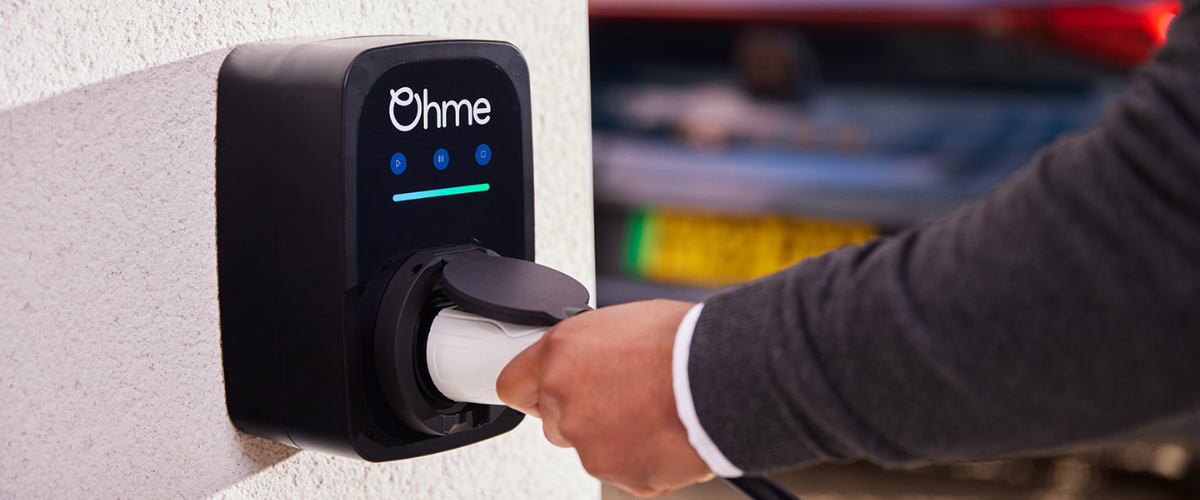
Over-the-air updates (OTA)
If your electric vehicle charger has the free wireless over-the-air software updates feature, it means your charger automatically updates to the latest firmware without having to update the charger yourself or having to call an installer out, benefiting you with new features from the get-go.
Plug & Play/ Plug & Charge
Plug and Play or sometimes called “Plug & Charge”, is where you simply plug your charging cable into your EV, and it will automatically start charging; no app, card or code needed. This is a useful feature for those who value the no-frills approach.
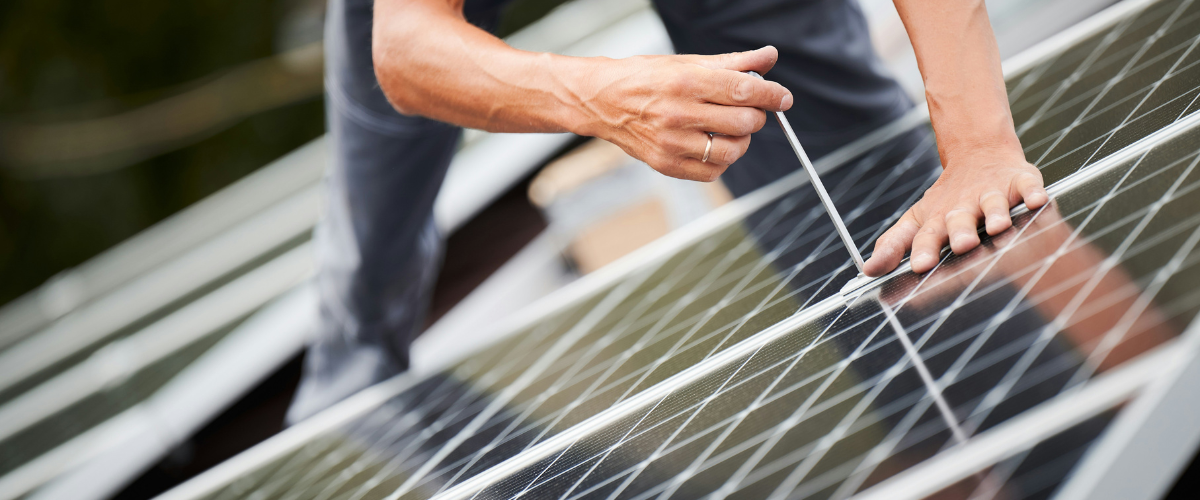
Dynamic load management
Dynamic load management prevents overload of your electrical supply and is a useful feature for those who .
Usually, upon your home EV charger installation, your engineer will set a limit that matches the size of the main incoming supply fuse. Your home EV charger then constantly monitors electricity usage in the home and alters the charge rate to the EV to suit.
For instance, if the limit is set to 60A and 40A is used in the home elsewhere, then charging to the EV will drop to 20A. This keeps the maximum demand to 60A and prevents the main fuse from blowing, and limits the chance of a total loss of power.
Solar ready
If the electric vehicle charger has the feature of being solar-ready, it means that the unit is compatible with all installations and has built-in solar-compatible software already. No additional add-on purchases are therefore needed. So, as long as you have a solar PV system, you can use solar power to charge your EV.
Using solar energy is also a great way to help support the grid whilst keeping costs down, as solar charging is completely free.
Solar compatible
Solar compatibility means that whilst your EV charger can use solar to charge, it doesn’t come as standard, unlike if the unit is Solar Ready. Typically, an add-on purchase is needed for the unit for it to be able to charge. An example of a smart EV charger with an add-on needed for solar is the Zappi EV charger. You will need to purchase either a singular CT clamp to monitor and direct your surplus solar/wind energy into your car, or purchase two CT clamps in order to get full visualisation of how much energy is being produced and where it is going.
Related articles
Stay up to date on the latest from We Power Your Car_
I consent to receive newsletters from We Power Your Car. Please see our Privacy Policy
